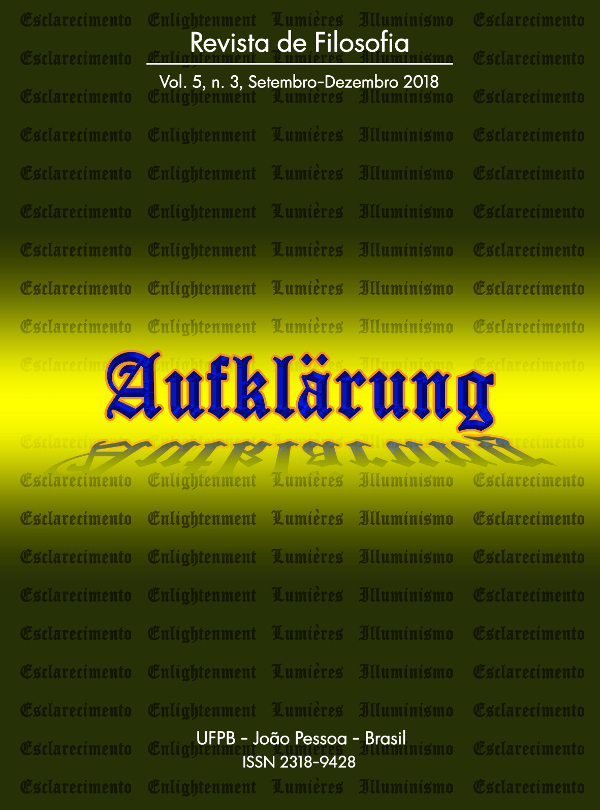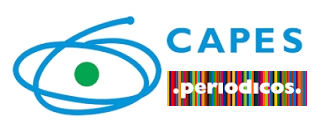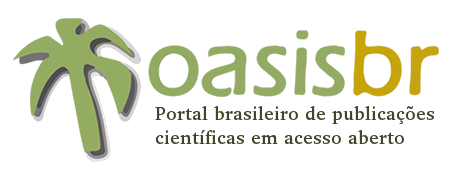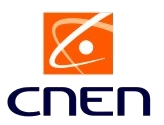Particle physics and the conscious mind: debating Almada’s optimism
DOI:
https://doi.org/10.18012/arf.2016.42250Keywords:
Standard Model of Particle Physics, Emergentism, NeurophenomenologyAbstract
Beginning with a study of the basic components of the physical world, Almada is developing an explanation of the emergence of the conscious mind. In order to recognize and publicize this enterprise, which is not yet finished, this note (i) offers an overview of Almada’s approach; (ii) challenges his optimism with the well-known hard problem of consciousness; and (iii) argues that his research can be pushed ahead by a coherent conceptual account of emergence.Downloads
References
ALMADA, L. F. In search of the theoretical and conceptual foundations of the mind-problem: what does physics have to say about the basic constitution of the world? Philósophos, v. 22, n. 1, p. 107-140, 2017. (quoted as 2017a) http://dx.doi.org/10.5216/phi.v22i1.41954
ALMADA, L. F. The mind-body problem from an emergentist approach: a defense of physicalism based on the levels of complexity of the nature and on the irreducibility of emergent properties. Dissertatio, v. suppl. 5, p. 73-97, 2017. (quoted as 2017b)
BEDAU, M.; HUMPHREYS, P. Introduction. In: BEDAU, M.; HUMPHREYS, P. (Eds.) Emergence: contemporary readings in philosophy and science. Cambridge, MA: The MIT Press, 2008. p. 01-06. http://dx.doi.org/10.7551/mitpress/9780262026215.001.0001
BOCKELMAN, P.; REINERMAN-JONES, L.; GALLAGHER, S. Methodological lessons in neurophenomenology: review of baseline study and recommendations for research approaches. Frontiers in Human Neuroscience, v. 7, article, 608, p. 01-09, 2013. https://doi.org/10.3389/fnhum.2013.00608
BUNGE, M. Matter and mind: a philosophical inquiry. New York: Springer, 2010.
CHALMERS, D. Facing up to the problem of consciousness. Journal of Consciousness Studies, v. 2, n. 3, p. 200-219, 1995.
HEMPEL, C.; OPPENHEIM, P. Studies in the logic of explanation. Philosophy of Science, v. 15, n. 2, p. 135-175, 1948. https://doi.org/10.1086/286983
MAJEED, R. The hard problem & its explanatory targets. Ratio, v. 29, n. 3, p. 298-311, 2016. https://doi.org/10.1111/rati.12103
POZZO, T.; PAPAXANTHIS, C.; STAPLEY, P.; BERTHOZ, A. The sensorimotor and cognitive integration of gravity. Brain Research Reviews, v. 28, n. 1-2, p. 92-101, 1998.
THOMPSON, E.; LUTZ, A.; COSMELLI, D. Neurophenomenology: an introduction for neurophilosophers. In: BROOK, A.; AKINS, K. (Eds.) Cognition and the brain: the philosophy and neuroscience movement. New York: Cambridge University Press, 2005. p. 40-97.
VARELA, F. Neurophenomenology: a methodological remedy for the hard problem. Journal of Consciousness Studies, v. 3, n. 4, p. 330-349, 1996.
ZEE, A. Quantum field theory in a nutshell. Princeton: Princeton University Press, 2010.
Additional Files
Published
How to Cite
Issue
Section
License
Journal general policy
1.This journal works under a Creative Commons License aplied to online journals. That icence can be read in the following link: Creative Commons Attribution 4.0 International (CC BY 4.0).
2.Accordingly to this License, a)the journal declares that authors hold the copyright of their articles without restrictions, and they can archieve them as post-print elsewhere. b)the journal allow the author(s) to retain publishing rights without restrictions.
Metadata Policy for information describing items in the repository
1. Anyone may access the metadata free of charge at anytime.
2.The metadata may be re-used in any medium without prior permission, even commercial purposes provided the OAI Identifier or a link to the original metadata record are given, under the terms of a CC BY license refered for the Journal.







































